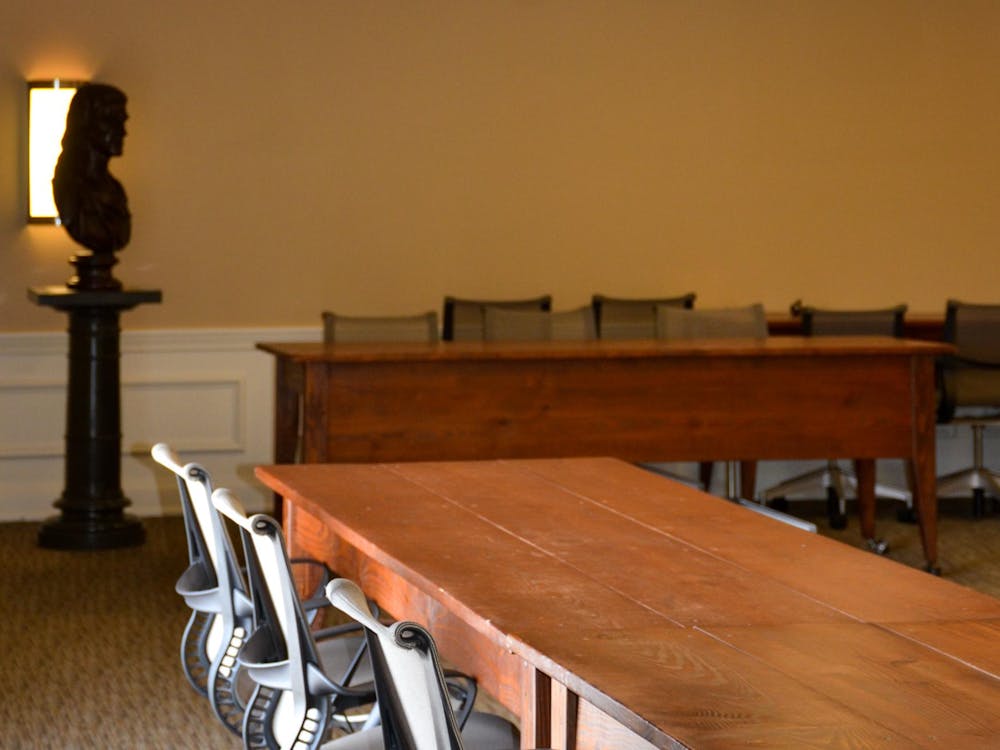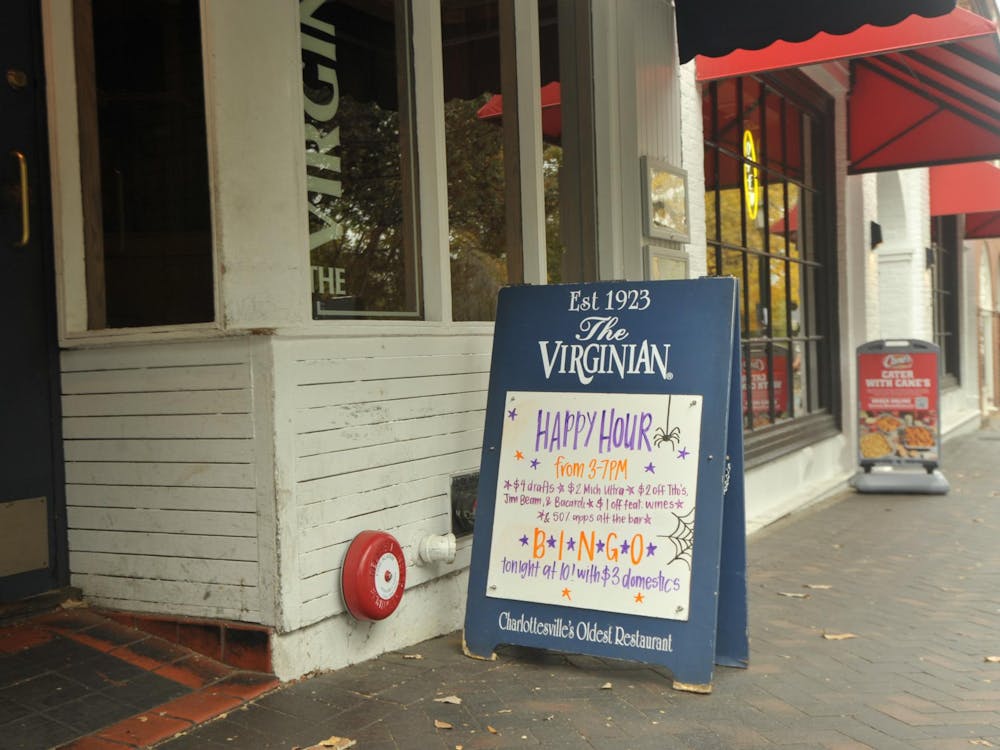In recent weeks, foot traffic has noticeably swelled outside New Cabell Hall, with congestion forming between classes on the stairwell east of the building, adjacent to Wilson Hall.
Renovations on New Cabell have been ongoing since September 2011, but according to an August status report by University Facilities Management, 80 percent of the renovations are complete. Currently, the only portions of the building that have not been finished are the third, fourth and fifth floors.
Students first noticed excess pedestrian traffic around Cabell Hall in late August when the fourth floor entrance from the Lawn into the building was closed.
But according to Facilities Management Project Director Craig Hilten, most of the traffic is not caused by the renovations. Hilten said the Office of Facilities Planning and Construction has received only one complaint about inaccessibility because of the traffic, which was addressed and resolved.
Hilten said in an email the renovation leaders anticipated a large amount of pedestrian traffic prior to the project and designed alternate routes.
“The pedestrian traffic in and around New Cabell Hall has always been very heavy during class changes,” Hilten said. “The project installed temporary wayfinding signage in and around New Cabell Hall prior to closing the upper floors of the building to help with the transition. The University’s Accessibility Map was also revised to help address accessibility issues created by the renovation work.”
Alternate routes can be found by walking through and then behind Bryan Hall to a door on the west side of Cabell Hall. Students can access Wilson Hall by traveling through the first floor of Cabell Hall and out the back doors or side door of the building. Wilson Hall also has back doors accessible to students.
Hilten said traffic is heaviest on the east side of the building, but he believes traffic will improve as students become more familiar with the alternate routes.
“Initially, there were very few students using the routes on the west side of the building, which likely exacerbated the congestion on the east side,” he said. “As the days [and] weeks have passed, it seems there are more students using the less congested, west side of the building.”






